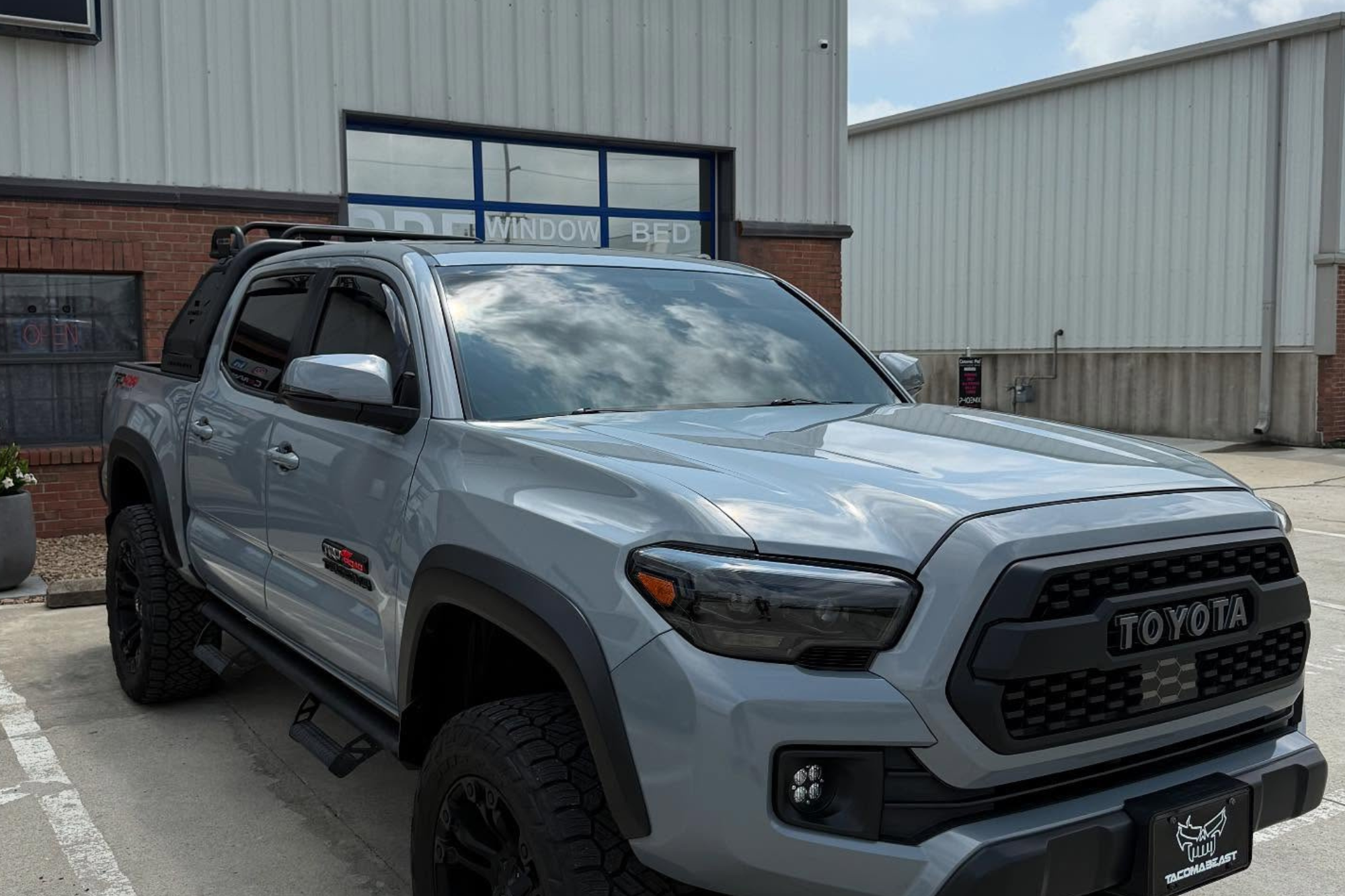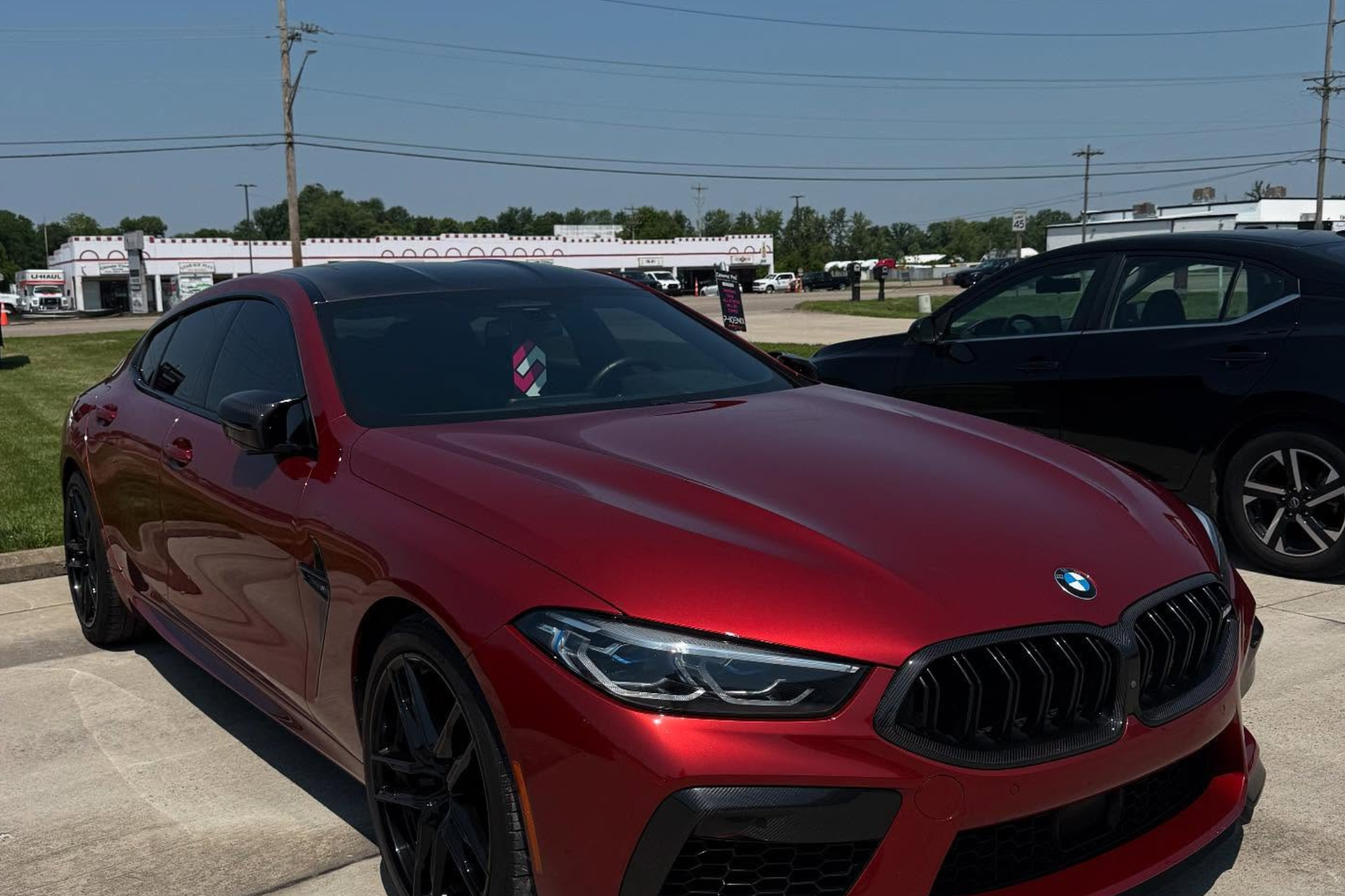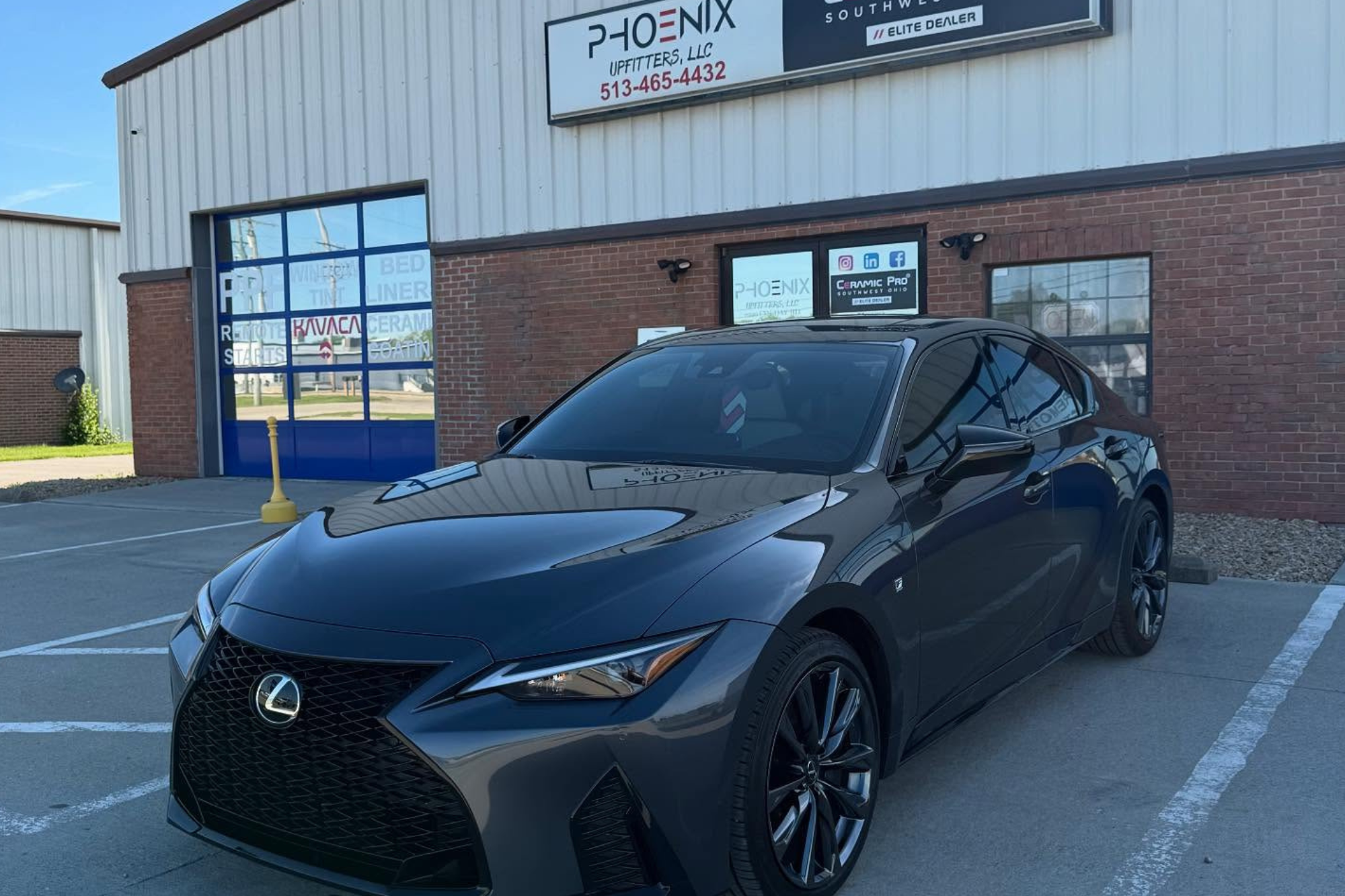When considering ceramic coating for your vehicle, the price is not solely determined by a single factor but rather by a combination of elements that influence the overall cost. Factors such as the quality of materials used, the intricacies of the application process, and the size and type of your car all play an essential role in determining the final price. As you explore the specifics of these key components, you’ll better understand why the cost can vary significantly and how to make an informed decision when it comes to protecting your vehicle’s finish.
Key Takeaways
- The quality of materials impacts longevity and protection.
- Vehicle size/type affects the amount of coating needed.
- Labor costs vary based on expertise and efficiency.
- Detailed surface preparation is crucial for uniform application.
- Warranty options should be evaluated for coverage and durability.
Benefits of Ceramic Coating
Ceramic coating provides your vehicle with an extra layer of protection against environmental elements and daily wear and tear. This protective layer offers shine protection by creating a glossy finish that enhances the aesthetic appeal of your car.
Additionally, the weather resistance properties of ceramic coatings shield your vehicle’s exterior from damage caused by rain, UV rays, and other harsh weather conditions.
The shine protection aspect of ceramic coating is achieved through the chemical bonding process that forms a durable and transparent layer on the surface of your car. This layer helps repel dirt, dust, and contaminants, making it easier to clean your vehicle and maintain its shine over time.
Furthermore, the weather resistance capabilities of ceramic coatings ensure that your car’s paint remains protected from fading, oxidation, and corrosion due to exposure to the sun and inclement weather.
Types of Ceramic Coatings
When contemplating ceramic coatings for your car, it’s essential to understand the types available.
The durability of a ceramic coating can vary depending on the formulation and quality of the ingredients.
Moreover, the application techniques used can impact how well the coating adheres to your vehicle’s surface, affecting its longevity and overall performance.
Ceramic Coating Durability
Understanding the various types of ceramic coatings available in the market is crucial when evaluating their durability for safeguarding your car’s paint. Ceramic coatings undergo thorough durability testing to guarantee their protective properties stand the test of time.
Here are three common types of ceramic coatings:
- 9H Ceramic Coatings: Known for their hardness and scratch resistance, 9H ceramic coatings provide a durable protective layer that can withstand various environmental factors.
- Professional Grade Ceramic Coatings: These coatings offer enhanced durability and longevity compared to consumer-grade options, making them ideal for long-term paint protection.
- DIY Ceramic Coating Kits: While more affordable, DIY ceramic coatings may have a shorter lifespan and require more frequent reapplications to maintain their protective properties.
Application Techniques
Exploring the various application techniques of different types of ceramic coatings provides valuable insights into how each coating can effectively protect your car’s paint.
The curing process is a vital aspect of ceramic coating application. Some coatings require heat to cure properly, while others cure through exposure to air. Understanding the curing process guarantees the coating bonds correctly to the paint, maximizing its protective properties.
Layering techniques play a significant role in the effectiveness of ceramic coatings. Applying multiple layers can enhance durability and longevity. However, improper layering can lead to issues like uneven coverage or reduced protection.
Surface preparation is key to a successful ceramic coating application. Thoroughly cleaning and decontaminating the paint surface ensures ideal adhesion of the coating. Bonding agents within the ceramic coating facilitate the bond between the coating and the paint, creating a strong protective barrier against environmental elements.
Longevity and Performance
To improve the longevity and performance of ceramic coatings on your car, it’s essential to explore the different types available in the market. Choosing the right type can provide extended protection and enhanced shine, ensuring your vehicle looks its best for an extended period.
Here are three key types of ceramic coatings to explore:
- Professional-Grade Ceramic Coatings: These ceramic coating applications are typically applied by trained professionals and offer superior durability and longevity. They provide exceptional protection against environmental contaminants and UV rays, ensuring your car maintains its glossy finish for years to come.
- DIY Ceramic Coating Kits: While these may not offer the same level of durability as professional-grade coatings, they can still provide decent protection and enhance the shine of your car. They’re a cost-effective option for those looking to apply ceramic coatings themselves.
- Hydrophobic Ceramic Coatings: These coatings are specifically designed to repel water and other liquids, making maintenance easier and ensuring your car stays cleaner for longer periods. They also contribute to the enhanced shine of your vehicle, giving it a showroom-worthy appearance.
Application Process
When considering the application process of ceramic coating for your car, two critical points to factor in are the application time and labor costs. The time it takes to apply the ceramic coating properly plays a significant role in determining the overall cost, as more intricate application processes may require more time.
Additionally, labor costs can vary depending on the expertise and experience of the professionals performing the application, impacting the final price you pay for ceramic coating services.
Application Time
The duration needed for the application process of ceramic coating on your car greatly influences the overall cost of the service. Considering time efficiency and the detailed process involved, the application time plays a significant role in determining your final price.
Here’s how the application time affects the cost:
- Complexity of the Vehicle Surface: Vehicles with intricate designs, curves, and hard-to-reach areas require more time for precise application. This complexity can lead to increased labor hours and, consequently, a higher cost.
- Number of Coating Layers: Applying multiple layers of ceramic coating is a meticulous process that demands time for each layer to cure properly. The more layers needed for best protection, the longer the application time, impacting the overall cost.
- Skill and Experience of the Applicator: A skilled professional can complete the application process more efficiently, potentially reducing the time needed. However, highly experienced applicators may charge higher rates, balancing the cost with time efficiency.
Labor Costs
Labor costs for the application process of car ceramic coating play a vital role in determining the total price you’ll pay for the service. Labor efficiency, which includes the skill and experience of the technicians applying the coating, directly influences these costs. Technicians with higher expertise may command higher wages, impacting the overall pricing of the service. Additionally, the time it takes to apply the ceramic coating properly is a significant factor in labor costs. More efficient technicians can complete the job in less time, reducing the labor expenses passed on to you.
Pricing transparency is essential when it comes to labor costs for ceramic coating applications. Reputable service providers should clearly outline how their labor charges are calculated, ensuring you understand what you’re paying for. Knowing the breakdown of labor costs can help you assess the value you’re receiving and make an informed decision when selecting a ceramic coating service for your car.
Be sure to inquire about labor rates and how they’re structured to avoid any surprises when it comes time to pay for the service.
Quality of Materials Used
Selecting high-quality materials for ceramic coating your car is essential in determining the longevity and effectiveness of the protective layer.
When considering the quality of materials used for ceramic coating, the material composition and its impact on longevity benefits are key factors to evaluate.
Here are three key aspects to take into account:
- Premium: The quality of the ceramic coating materials plays a significant role in its performance. Opting for premium-grade materials ensures better protection against environmental factors such as UV rays, chemicals, and oxidation. High-quality materials also offer increased scratch resistance, keeping your car looking sleek for longer periods.
- Crucial Benefits: Investing in superior materials for ceramic coating can result in extended durability. Quality coatings are designed to last for several years, providing a long-lasting shield for your vehicle’s paintwork. By using high-quality materials, you can enjoy the benefits of a glossy finish and enhanced protection against various elements that could damage your car’s exterior.
- Effectiveness of Protection: The effectiveness of the ceramic coating in safeguarding your car depends on the quality of the materials used. Premium materials offer better water repellency, easier maintenance, and superior resistance to fading, ensuring that your vehicle maintains a pristine appearance over time.
Size and Type of Vehicle
Consider the size and type of your vehicle when determining the amount of ceramic coating needed for the best coverage and protection. Pricing variations often depend on these factors. Larger vehicles, such as trucks or SUVs, generally require more ceramic coating due to their size compared to compact cars. This can result in higher overall costs for coating larger vehicles.
Additionally, different vehicle types can influence pricing. For example, luxury vehicles or sports cars may have intricate designs or surfaces that require more detailed coating application, potentially leading to increased costs. The cost factors associated with various vehicle types stem from the complexity involved in ensuring complete coverage and protection for each specific design.
When considering ceramic coating for your vehicle, it’s essential to consider the pricing variations associated with vehicle size and type. While smaller vehicles may incur lower costs due to requiring less coating material, larger or specialized vehicles may involve higher expenses to cover all surfaces adequately.
Understanding these cost factors can help you make informed decisions when investing in ceramic coating for your vehicle.
Pre-Coating Preparation
Before applying a ceramic coating to your car, thorough pre-coating preparation is essential to ensure maximum adhesion and longevity of the coating. Proper pre-coating preparation involves more than just a quick wash and dry.
Here are three important steps to make sure your vehicle is ready for ceramic coating:
- Surface Protection: Before applying the ceramic coating, it’s important to make sure that the surface of your car is free from any contaminants that could interfere with the bonding process. This involves using specific cleaning techniques such as clay barring to remove embedded dirt, tar, and other impurities that regular washing may not eliminate. Additionally, using iron removers can help dissolve iron particles that may have bonded with the paint over time, providing a smooth surface for the ceramic coating to adhere to.
- Vehicle Customization: Pre-coating preparation also presents an opportunity for vehicle customization. If you desire a flawless finish, consider paint correction services to address any swirl marks or imperfections on the paintwork. By correcting these issues before applying the ceramic coating, you can enhance the overall aesthetic appeal of your vehicle.
- Comprehensive Cleaning: Thoroughly cleaning all surfaces, including door jambs, trims, and wheels, ensures that the ceramic coating can bond correctly and uniformly across the entire vehicle. Neglecting these areas could lead to uneven coating application and compromise the durability of the ceramic coating.
Labor Costs
Factoring in labor costs is an important component when determining the overall price of ceramic coating your car. Labor costs can vary greatly based on factors such as labor efficiency, skill level, and labor rates.
Labor efficiency plays a vital role in the final cost of ceramic coating. Highly efficient technicians can complete the coating process in less time, reducing labor costs. On the contrary, less efficient workers may take longer to complete the job, leading to higher labor expenses.
The skill level of the technicians performing the ceramic coating also influences labor costs. Technicians with advanced skills and experience may command higher hourly rates, impacting the overall cost of the service. However, their expertise often results in a more precise and durable ceramic coating application, potentially justifying the higher labor rates.
Labor rates are a significant cost factor in the overall price of ceramic coating. Different detailing shops or professionals may have varying labor rates based on location, expertise, and demand. It’s important to take into account these rates when budgeting for ceramic coating to ensure that the labor costs align with your overall financial plan.
Warranty Options
When exploring ceramic coating options for your car, understanding the available warranty choices is essential for long-term protection and peace of mind. Warranty coverage and cost comparison play vital roles in determining the overall value of the ceramic coating service you select.
Here are three key points to keep in mind:
- Warranty Coverage: Evaluate the extent of coverage provided by different ceramic coating packages. Some warranties may only cover certain types of damage or have limitations on the duration of coverage. Opt for a warranty that offers thorough protection against common issues like UV damage, oxidation, and chemical stains. A longer warranty period can indicate the manufacturer’s confidence in the product’s durability.
- Cost Comparison: While comparing ceramic coating prices, factor in the warranty offerings of each service provider. A slightly higher upfront cost with an extended warranty could save you money in the long run by minimizing the need for costly repairs or reapplications. Consider the value of a warranty including maintenance services or complimentary touch-ups to keep your coating pristine.
- Peace of Mind: Investing in a ceramic coating with a strong warranty can provide peace of mind, knowing that your car’s paint is shielded against various environmental hazards. A thorough warranty can offer financial protection and assurance that your vehicle will maintain its glossy finish for years.
Maintenance Requirements
Evaluate the maintenance requirements necessary to uphold the longevity and effectiveness of your ceramic coating investment. Cleaning frequency plays an important role in preserving the quality of your ceramic coating. Regularly washing your car is essential to prevent dirt, grime, and contaminants from adhering to the coating, which could diminish its protective properties. Aim to clean your coated vehicle every two weeks to maintain its glossy finish and protective layer. Implementing protective measures, such as using pH-neutral soaps and microfiber towels, can further enhance the lifespan of your ceramic coating.
Consider the environmental impact of your maintenance routine. Opt for water-based cleaning products to reduce chemical runoff that can harm the ecosystem. Additionally, be mindful of where you wash your car to prevent contaminants from entering storm drains and waterways.
Understanding the product lifespan of your ceramic coating is important for planning your maintenance schedule. While ceramic coatings can last for years with proper care, factors like environmental conditions and driving habits can affect their longevity. Monitoring the condition of your coating and seeking professional inspections can help you identify when maintenance or reapplication is needed, ensuring your investment continues to provide excellent protection for your vehicle.
The cost of ceramic coating your car is influenced by various factors such as the quality of materials, size, and type of vehicle, labor costs, and warranty options.
Understanding these key elements can help you make an informed decision about investing in a ceramic coating for your vehicle.
Are you ready to enhance the protection and longevity of your car with ceramic coating?






